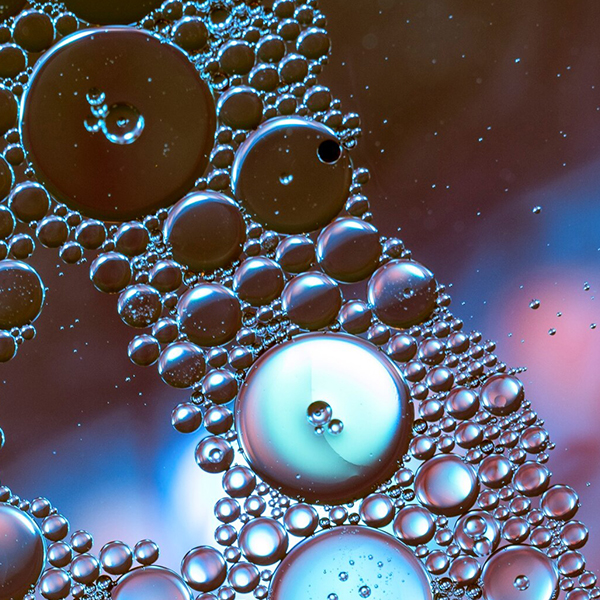Understanding the Chemistry of Thickeners
Thickeners work by altering the physical properties of a formulation through the process of viscosity building. They interact with water and other ingredients to increase the thickness or viscosity of a product.
The chemistry behind thickeners varies depending on the type used. Synthetic thickeners like carbomers work by swelling in water and forming a gel-like consistency. They create a three-dimensional network that traps and holds water molecules, resulting in increased viscosity.
On the other hand, natural thickeners like cellulose gum and xanthan gum work through different mechanisms. Cellulose gum absorbs water, swelling and forming a gel-like structure. Xanthan gum, a polysaccharide produced through fermentation, forms a network of polymer chains that increase viscosity.
The choice of thickeners depends on the desired consistency, stability, and compatibility with other ingredients in the formulation. Understanding the chemistry of thickeners is crucial for formulators to achieve the desired texture and performance in cosmetics and personal care products.










